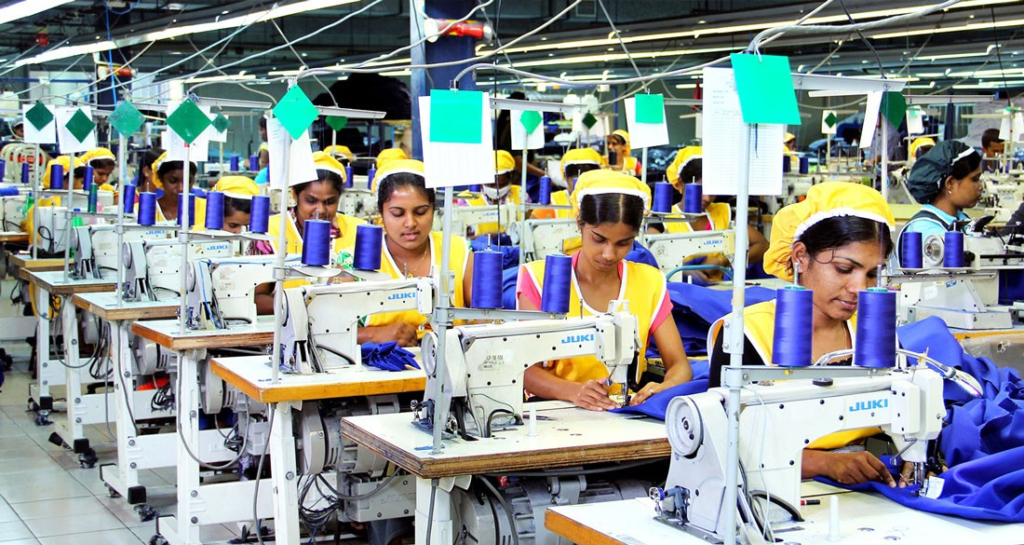Walk into any struggling garment factory and you’ll see the same heartbreaking scene: workers hustling, machines humming, yet deadlines constantly missed. As someone who’s spent nearly two decades turning around production floors from Dhaka to Dongguan, I can tell you the problem is rarely effort – it’s bottlenecks silently strangling your productivity.
The Bottleneck Epidemic in Fashion Manufacturing
Recent data from the International Apparel Federation reveals a startling truth – 73% of garment factories operate below 65% efficiency, with bottlenecks as the prime culprit. But what exactly are we dealing with here?

Picture your production line as a highway. When one lane closes, traffic backs up for miles behind it while lanes ahead sit empty. In manufacturing terms, that closed lane is your bottleneck – the operation that determines your factory’s maximum output, regardless of how fast other stations work.
I recently consulted for a denim factory in Turkey where this played out dramatically. Their premium jeans were selling faster than they could produce them, yet overtime costs were skyrocketing. After shadowing their production for three days, we discovered:
- The buttonhole station had half the capacity needed
- 37% of operators were waiting for work at any given time
- WIP inventory was choking 30% of their floor space
Decoding Your Factory’s Bottlenecks
Spotting bottlenecks requires looking beyond surface-level symptoms. Here’s how we diagnose them in the field:
The Cutting Room Conundrum
Many factories focus on sewing while their cutting rooms bleed efficiency. One client was losing 90 minutes daily from:
- Fabric spreading taking 2.5x industry standard time
- Manual pattern alignment causing 12% material waste
- Obsolete cutting machines needing constant adjustment
Sewing Line Sabotage
The heart of your operation often hides the worst bottlenecks. Common culprits include:
- “Monster operations” – single steps consuming disproportionate time
- Poor workstation layouts adding unnecessary movement
- Skill gaps creating uneven operator speeds
The Finishing Line Bottleneck Trap
Even perfect sewing means nothing if finishing can’t keep up. We frequently find:
- Quality inspection becoming a dumping ground
- Pressing equipment insufficient for peak loads
- Packaging stations overwhelmed by last-minute rushes
The Fast Changeover Revolution
If I had to pick one game-changer for factories, it would be mastering quick changeovers. The apparel industry’s best-kept secret? Borrowing from Formula One pit crews.
At a sportswear factory in Vietnam, we implemented racing-inspired changeovers and achieved:
- 83% reduction in style change time (47 min → 8 min)
- 31% increase in monthly production capacity
- Elimination of $18,000 monthly overtime costs

The transformation came from:
- The Pre-Stage Protocol – Preparing all materials, tools, and instructions before line stoppage
- The Parallel Processing Play – Training specialized teams to work simultaneously on different changeover tasks
- The Visual Management Edge – Color-coded tool stations and floor markings that cut search time by 70%
Balancing Act: The Art of Smooth Production Flow
Achieving perfect line balance is like conducting an orchestra – every section must play in harmony. Here’s the approach we used for a maternity wear client struggling with 28% efficiency:
Step 1: The Time Study Truth Serum
We filmed each operation for three full production cycles, identifying:
- Standard times for all operations
- Hidden inefficiencies in material handling
- Opportunities for operation combining
Step 2: The Takt Time Tightrope
Calculating their ideal production rhythm (available time ÷ customer demand) revealed they needed to produce one garment every 86 seconds to meet orders.
Step 3: The Workstation Wizardry
By reorganizing their floor into U-shaped cells and implementing:
- Cross-trained floating operators
- Small WIP buffers before bottleneck stations
- Visual loading indicators
They achieved 91% balance efficiency within eight weeks.
From Fixes to Future-Proofing
Eliminating today’s bottlenecks is just the beginning. Sustainable improvement requires building a culture of continuous optimization. For a luxury knitwear producer in Italy, we installed:
- Digital Andon Systems – Real-time alerts when stations fall behind
- Skill Matrix Dashboards – Tracking operator capabilities and training needs
- Monthly Kaizen Blitzes – Focused improvement sprints by department
The result? Three years of consecutive productivity gains averaging 11% annually.
Your Productivity Prescription
Having guided over 120 factories through bottleneck breakthroughs, I can confidently say improvement is always possible. Start with these three actions today:
- Bottleneck Mapping – Spend one full shift tracking where work piles up
- The Changeover Challenge – Time your next style change and set a 50% reduction goal
- Balance Baseline – Calculate your current line efficiency (total operation time ÷ (number of stations × cycle time))
Remember, in the race for manufacturing excellence, it’s not about running faster – it’s about removing the obstacles slowing you down. The factories winning today aren’t those with the newest machines, but those who’ve mastered the art of smooth, uninterrupted flow.
